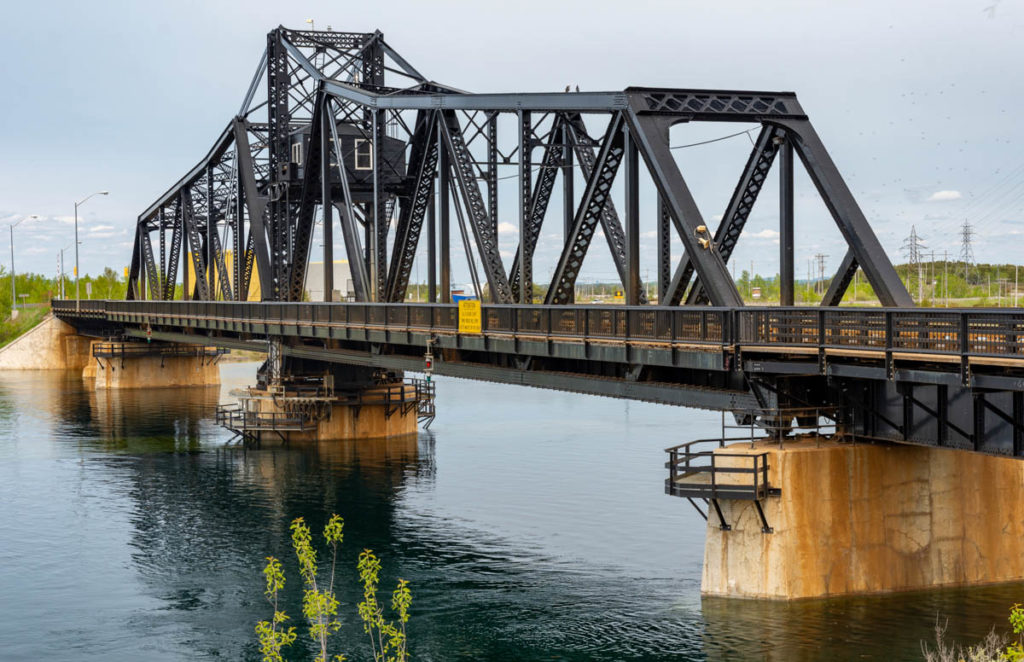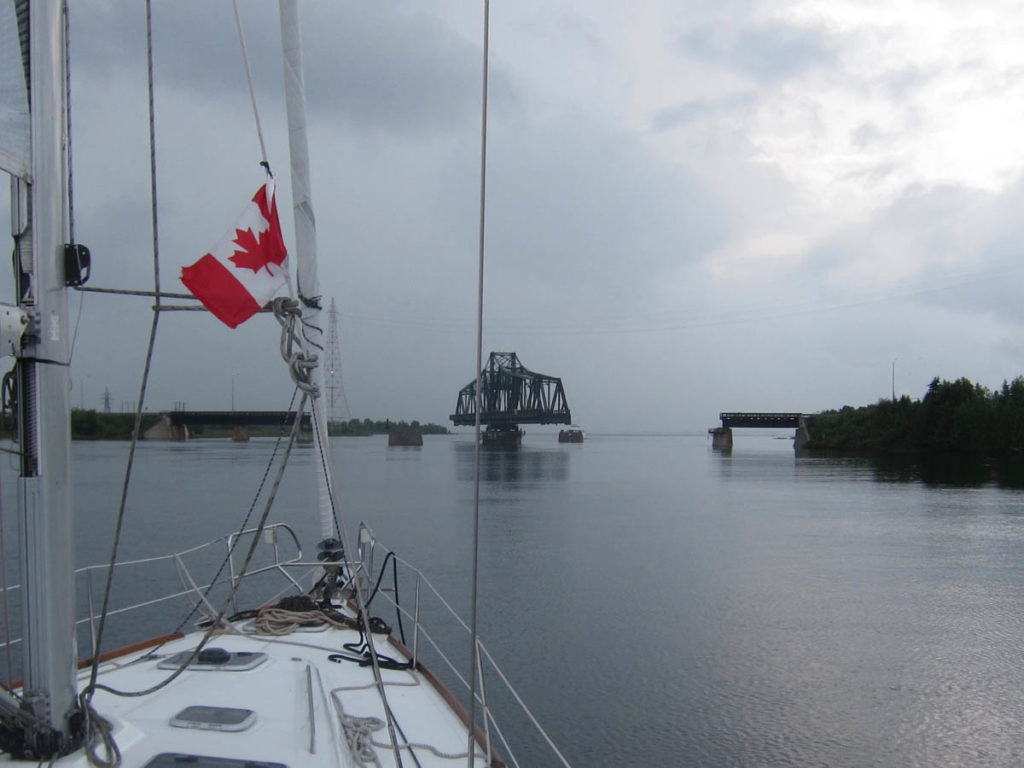Manitoulin Island is an island situated in Lake Huron. It is located within the borders of Ontario’s Canadian province. It is the largest freshwater island in the world with an area of 2,766 km (1,068 sq mi), big enough to have more than 100 inland lakes themselves. In addition to the island’s ancient Anishinaabe and European settlement, archaeological finds at Sheguiandah have shown Paleo-Indian and Archaic cultures from 10,000 BC to 2,000 BC.
Manitoulin in Anishinaabemowin (Ojibwe language) means “spirit island”. The island is considered sacred by the people of the Native Anishinaabe, who identify as the “people of the Three Fires.” This loose confederation consists of the tribes of Ojibwe, Odawa and Potawatomi.
The North Channel was part of the route used to get to Lake Superior by the French colonial travelers and coureurs du bois. Father Joseph Poncet, a French Jesuit, who set up a mission near Wiikwemkoong in 1648, was the first known European to settle on the island.
Although there are just 12,000 people living on Manitoulin Island all year round, due to the excellent fishing spots, hiking trails, snowmobiling and bar-none, some of the best hunting in the world, the population increases significantly almost all year round.

There are three ways to get to the island from mainland Ontario. You can fly into one of two airports (located in Gore Bay, and between Little Current and Manitowaning) or take the MS Chi-Cheemaun (Ojibwe for “Big Canoe”), which makes several daily trips from May to October between Tobermory and South Baymouth (southern route). The third option is to use the narrow channel “swing bridge” between Manitoulin Island and the much smaller Goat Island (northern route).
The swing bridge was built by the Algoma Eastern Railway in 1913 to bring rail traffic to the island. It began to be used by cars in the 1940s and is still considered one of the oldest single-lane bridges in use. Manitoulin Islands’ swing bridge has been deemed an “Ontario Heritage Site”.
The swing span service actually benefits highway traffic as it stays in the closed position so that road vehicles can use it, except for the first fifteen minutes of each daylight hour during the spring, summer and fall when it opens to allow marine traffic to pass. During the winter, the swing time remains indefinitely in the closed position as this is the only link to Manitoulin Island in the winter, unless you fly in.

Initially powered by a gasoline engine, in 2003, the swing span mechanism was converted to an electric motor by the Ministry of Transportation. Every end of the bridge is fitted with traffic signals (7 lights northbound and 2 lights southbound) due to the single vehicle lane; the only traffic signals mounted on Manitoulin Island are the signals on the Little Current abutment.
But, unfortunately, due to the age of swing bridge, the existing structure is nearing the end of its service, even with the bridge’s modernization in recent years. The Ontario government hired a consulting firm to conduct a design study and do an environmental assessment. The consultants will gather background information before any decision is made and collect feedback from the public. The fact that the bridge is an “Ontario Heritage Site” and the swing bridge is the only connection to the island in the winter months is also to be taken into account.
The single-lane bridge may have to make way for a new, safer structure to carry traffic to the city of Little Current after more than 100 years.







